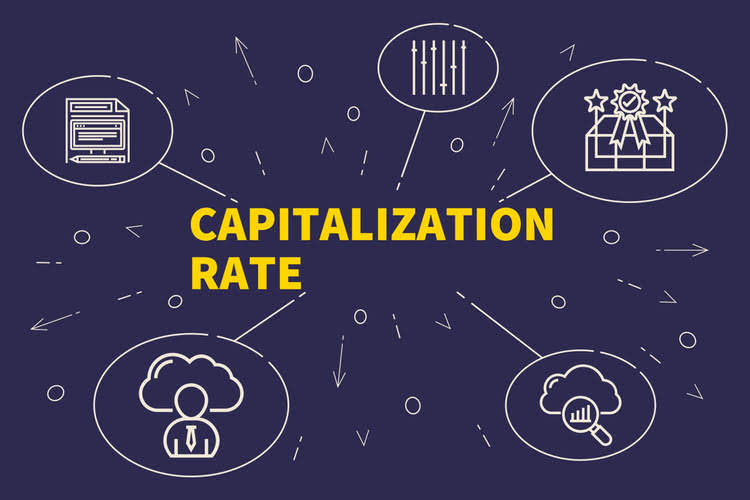
For example, investors and creditors look to the current liabilities to assist in calculating a company’s annual burn rate. The burn rate is the metric defining the monthly and annual cash needs of a company. It is used to help calculate how long the company can maintain operations before becoming insolvent.
- The lower the percentage, the less leverage a company is using and the stronger its equity position.
- Other examples include deferred compensation, deferred revenue, and certain health care liabilities.
- The debt ratio compares a company’s total debt to total assets, to provide a general idea of how leveraged it is.
- For example, assume the owner of a clothing boutique purchases hangers from a manufacturer on credit.
- Analysts also use coverage ratios to assess a company’s financial health, including the cash flow-to-debt and the interest coverage ratio.
- Adam received his master’s in economics from The New School for Social Research and his Ph.D. from the University of Wisconsin-Madison in sociology.
Also, to review accounts payable, you can also return to Merchandising Transactions for detailed explanations. A relatively small percent of corporations will issue preferred stock in addition to their common stock. The amount received from issuing these which of the following are long-term liabilities? shares will be reported separately in the stockholders’ equity section. Liability is referred to as a present obligation of a business that will be payable in future. These are debts or legal obligations that a company owes to a person or company.
Types of Long-Term Liabilities
This means $10,000 would be classified as the current portion of a noncurrent note payable, and the remaining $90,000 would remain a noncurrent note payable. Examples of long-term liabilities include mortgage loans, bonds payable, and other long-term leases or loans, except the portion due in the current year. Examples of short-term liabilities include accounts payable, accrued expenses, and the current portion of long-term debt. Current liabilities are typically settled using current assets, which are assets that are used up within one year. Current assets include cash or accounts receivable, which is money owed by customers for sales.

Liabilities are categorized as current or non-current depending on their temporality. They can include a future service owed to others (short- or long-term borrowing from banks, individuals, or other entities) or a previous transaction that has created an unsettled obligation. The most common liabilities are usually the largest like accounts payable and bonds payable.
Current (Near-Term) Liabilities
The current/short-term liabilities are separated from long-term/non-current liabilities on the balance sheet. Companies of all sizes finance part of their ongoing long-term operations by issuing bonds that are essentially loans from each party that purchases the bonds. This line item is in constant flux as bonds are issued, mature, or called back by the issuer. The portion of a long-term liability, such as a mortgage, that is due within one year is classified on the balance sheet as a current portion of long-term debt. Bonds or Debentures have a debt or loan that is borrowed from the market at a fixed rate of interest. Bond holders are only concerned with the repayment of interest; they are not at all concerned with the company profits or loss.

Commenti recenti